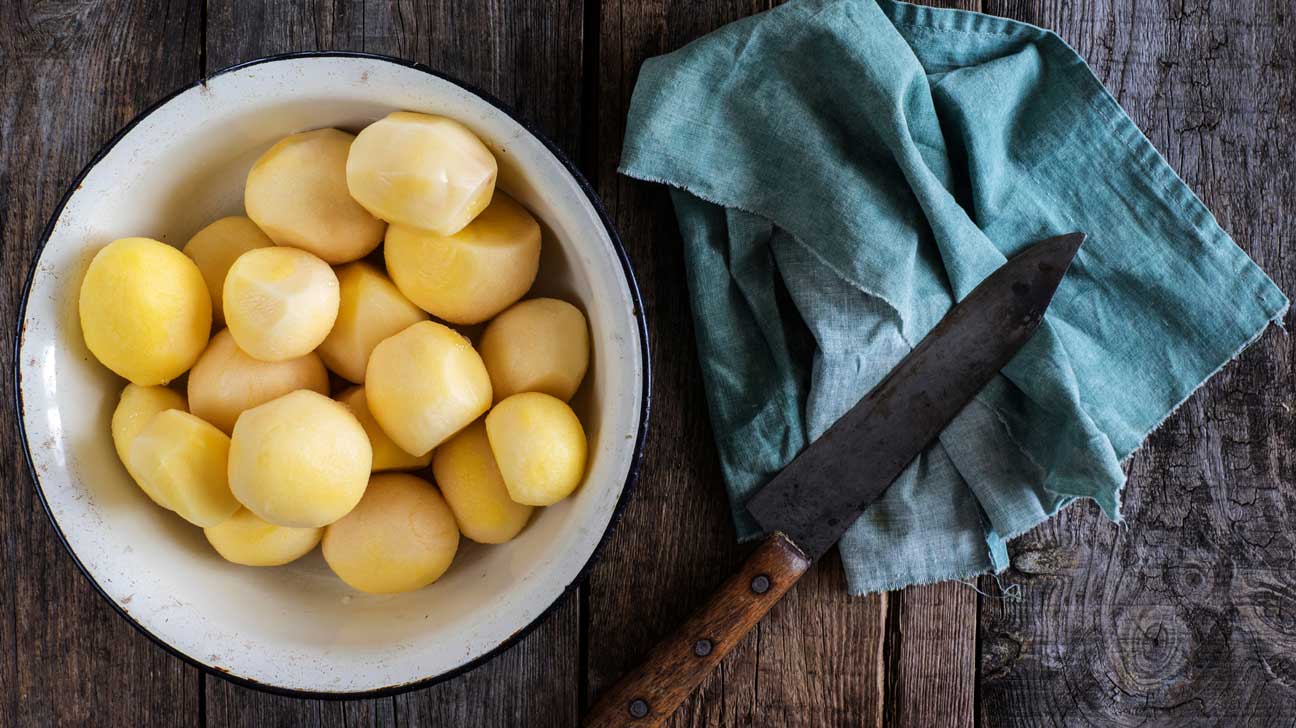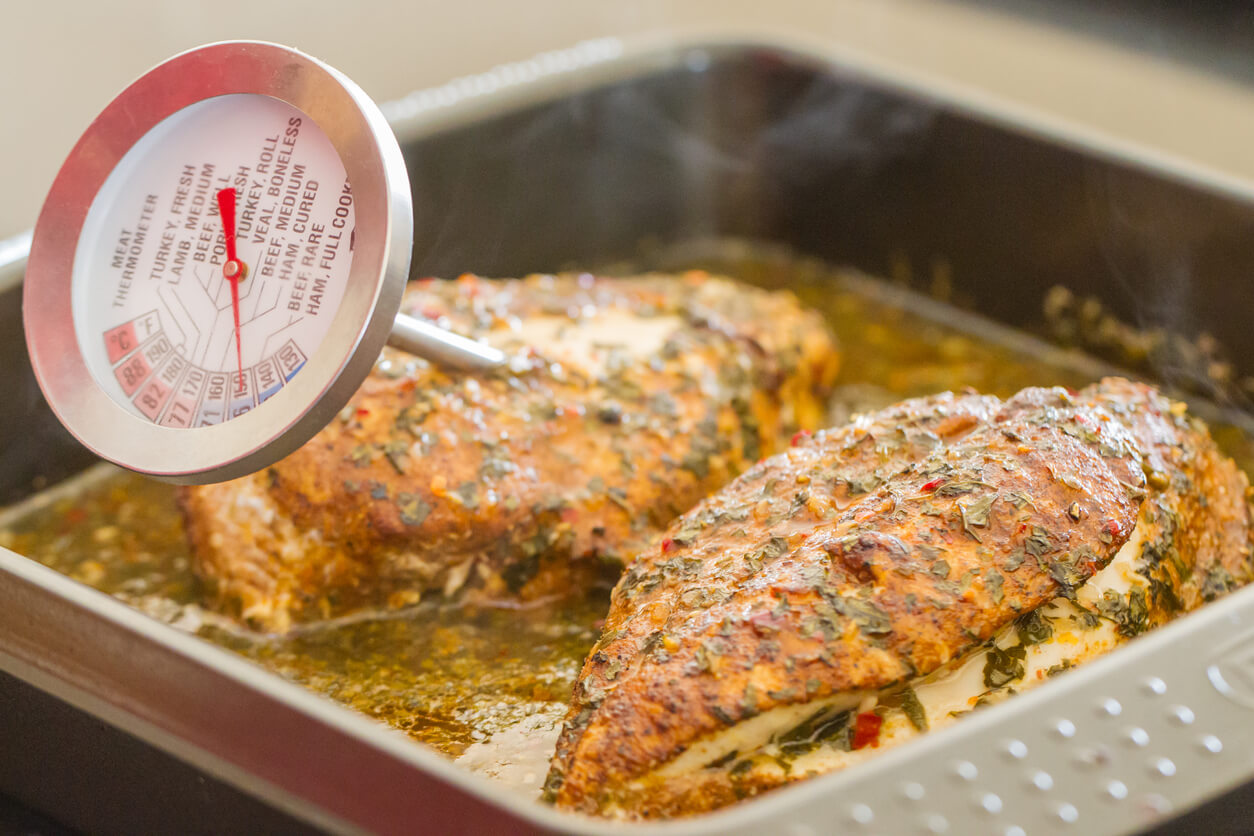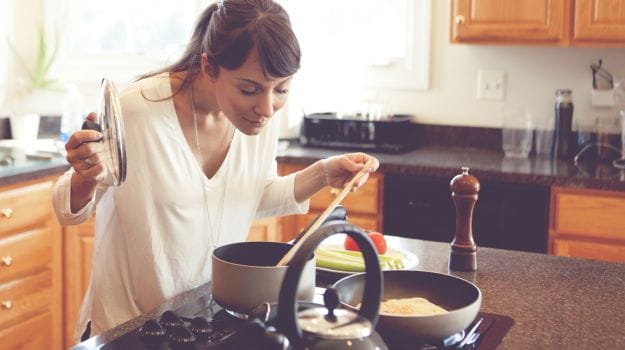
Mutton biryani is a popular dish in Chennai, Tamil Nadu, India, enjoyed by both locals and tourists. The city is home to a plethora of biryani restaurants, each with their own distinct flavours and methods of preparation. The cost of mutton biryani in Chennai can vary depending on several factors, including the restaurant's location, the quality of the ingredients used, and the size of the serving.
In Chennai, the price of 1 kg mutton biryani can range from Rs. 700 to Rs. 1500, which is roughly $10 to $20 USD. However, depending on the restaurant and the factors mentioned above, the price may be higher or lower.
The quality of the ingredients used is an important factor in determining the cost of mutton biryani in Chennai. Restaurants that use high-quality, fresh ingredients like Basmati rice and tender mutton will charge a higher price for their biryani than those that use lower-quality ingredients. Furthermore, prices may differ depending on the type of biryani, such as Ambur biryani or Dindigul biryani, which may use different ingredients and cooking techniques.
Another factor that influences the price of mutton biryani in Chennai is the restaurant's location. Biryani restaurants in busy areas or popular tourist destinations may charge a higher price for their biryani than those in quieter areas. Furthermore, the cost of labour and rent in various locations can have an impact on the price.
Finally, the price of 1 kg mutton biryani in Chennai can range between Rs. 700 and Rs. 1500, depending on several factors such as the quality of the ingredients, the location of the restaurant, and the serving size. Biryani lovers will find a variety of options in the city, ranging from low-cost options to high-end restaurants, each with its own distinct flavours and preparation styles. For the most accurate and up-to-date pricing information, it is always best to contact the restaurant directly.






.png)
.png)



.png)
.png)



















